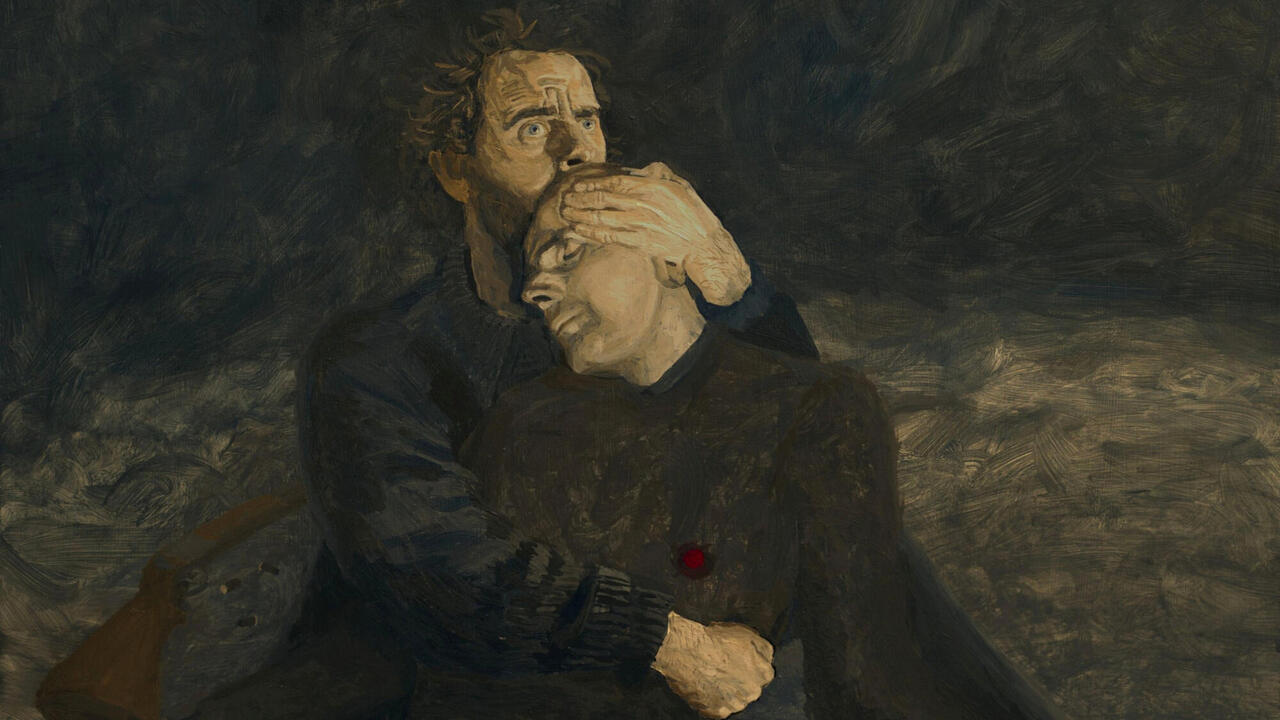Different Eyes, Different Times: Edvard Munch at the British Museum
The show of the artist’s prints is the largest to be held in the UK in 45 years
The show of the artist’s prints is the largest to be held in the UK in 45 years

For all the soul-rending angst his name conjures, Edvard Munch had a particular way of combining utter fixity of purpose with a rather winning kind of cavalier recklessness. Once, penniless in Nice in 1891, he drunkenly dropped paint on his bed-sheets in his hostel and spent the remainder of the afternoon painstakingly painting the original pattern over the spill, so as to avoid paying damages. He thought of his paintings as his ‘children’, grieving when they were sold, but in later life would also deliberately leave them out for long Norwegian winters in the open air, so that they would weather, age, and occasionally, when attacked by a hostile gust or a careless dog, die.
In ‘Edvard Munch: Love and Angst’ at the British Museum, there are times I found myself clinging onto such anecdotes as though they were life rafts upon an unfathomable sea of melancholy. Munch himself was never shy from pointing out that his was not a happy life: ‘The angels of fear, sorrow and death,’ he wrote, ‘stood by my side since the day I was born.’ But Munch was one of art-history’s great self-mythologizers – and by taking him too closely at his word, the trap the exhibition falls into is precisely that of recapitulating the mythic Munch, whose experience of poverty, bereavement and madness led him on a heroic quest into the darker regions of the mind, to return with human emotions distilled to their purest form. ‘Just as Leonardo studied the recesses of the human body and dissected cadavers,’ Munch wrote in his Mad Poet’s Diary (after 1908), ‘I try from self-scrutiny to dissect what is universal in the soul’. (In a very real sense, the creation of the Scream emoji in 2016 can be read as the perfect vindication of this ambition: the work becomes the very icon of fear.)

By focusing on Munch’s meticulous attention to the material aspect of printmaking, however, curator Giulia Bartrum gives us the perfect way of looking past this figure. Munch showed an audacious flair for printmaking. He developed a process of cutting up his woodblocks with a saw, inking them in a variety of colours and then fitting them back together on the page like a jigsaw. Man’s Head in Woman’s Hair (1896) presents a striking image of a man’s disembodied face, printed in teal blue, enveloped and yet untouched by the vivid red hair hanging down from a spectral woman’s face – a favourite motif. In The Kiss IV (1902), in which two abstracted, ambiguous figures embrace, Munch allows the grain of the wood to show through, so the emotional thrust of the work becomes indistinguishable from the materials from which it is constituted.
The lithographic version of The Scream (1895) that’s shown here soon reveals how much is lost in treating the image as an icon. Unlike the painted version, the strangely inhuman, abstract figure here reveals the bridge on which it stands, rendering it waiflike, ethereal. Munch may have wanted to communicate universal emotions, but he also recognised that the universal is found in the particular. ‘One sees with different eyes at different times,’ as he put it. With some 80 prints on show, many having travelled from the Munch Museum in Oslo, ‘Love and Angst’ offers the perfect opportunity to understand how Munch subtly varied the effect of his works.

Nowhere is this more powerfully apparent than in Munch’s series of images painted in memory of his sister Sophie, depicting The Sick Child (first version 1885) in her final moments. Munch returned to this image time and again – on display here is the second painted version (1907), which renders the image of 14-year-old Sophie consoled on her deathbed by Munch’s aunt in wavering, vertical strokes of colour, as though one were looking through weeping eyes. But the lithograph (1896), made up of four stones inked in various colours, condenses the composition, so the focus is solely on the dying girl’s face, her blood-red hair outlined against the pale pillow. The result is a timeless image of remembered grief – but with his restless variations on the theme Munch reveals that even the most powerful memories cannot be set too rigidly in stone.
‘Edvard Munch: Love and Angst’ is on view at the British Museum, London, until 21 July.
Main image: Edvard Munch, Madonna, 1895/1902. Courtesy: Munchmuseet, Oslo





















